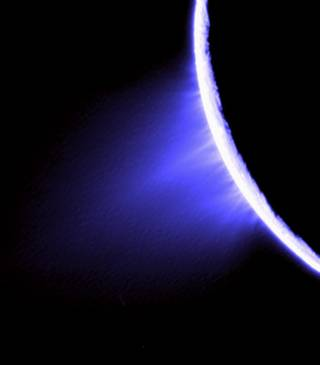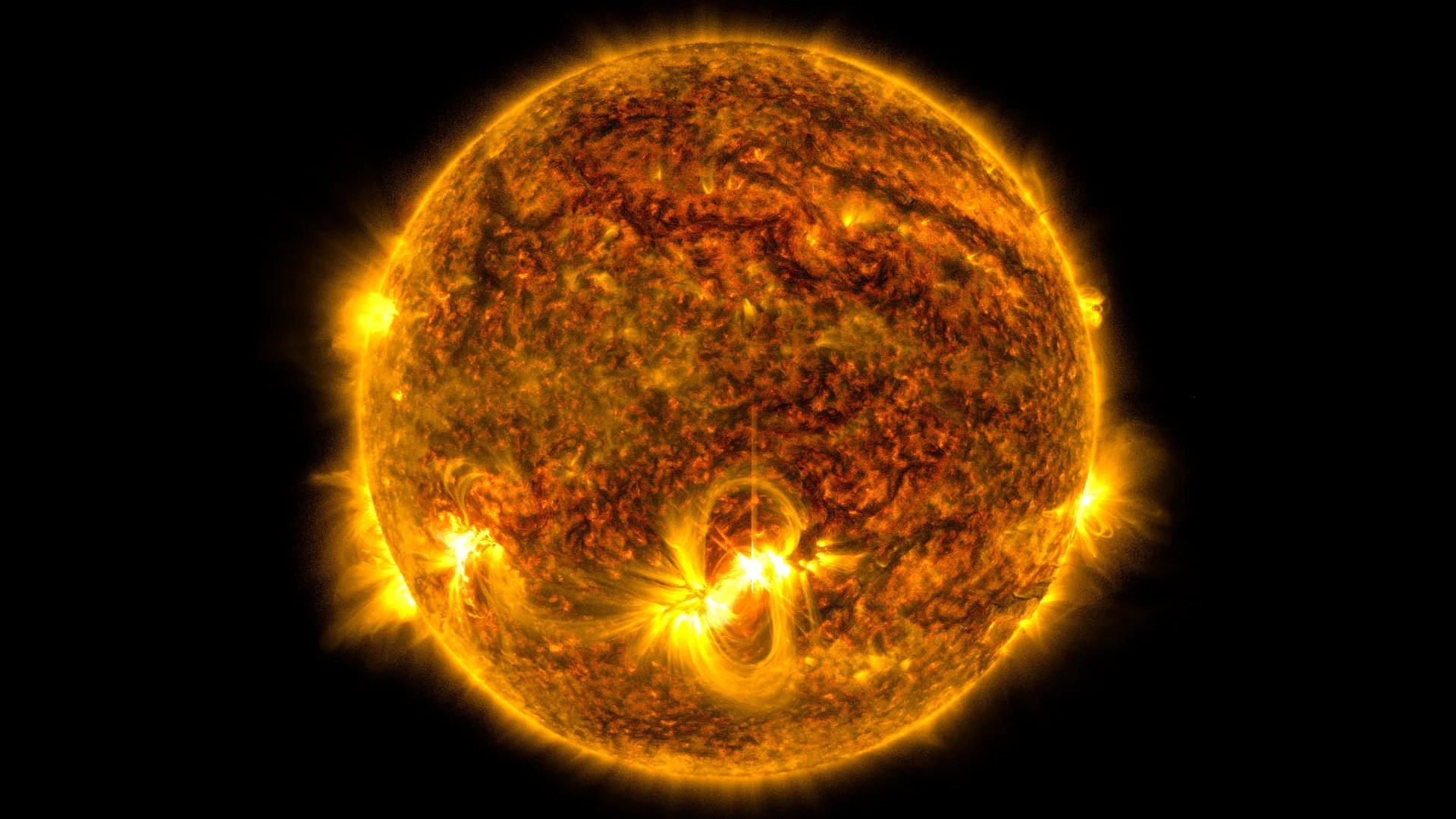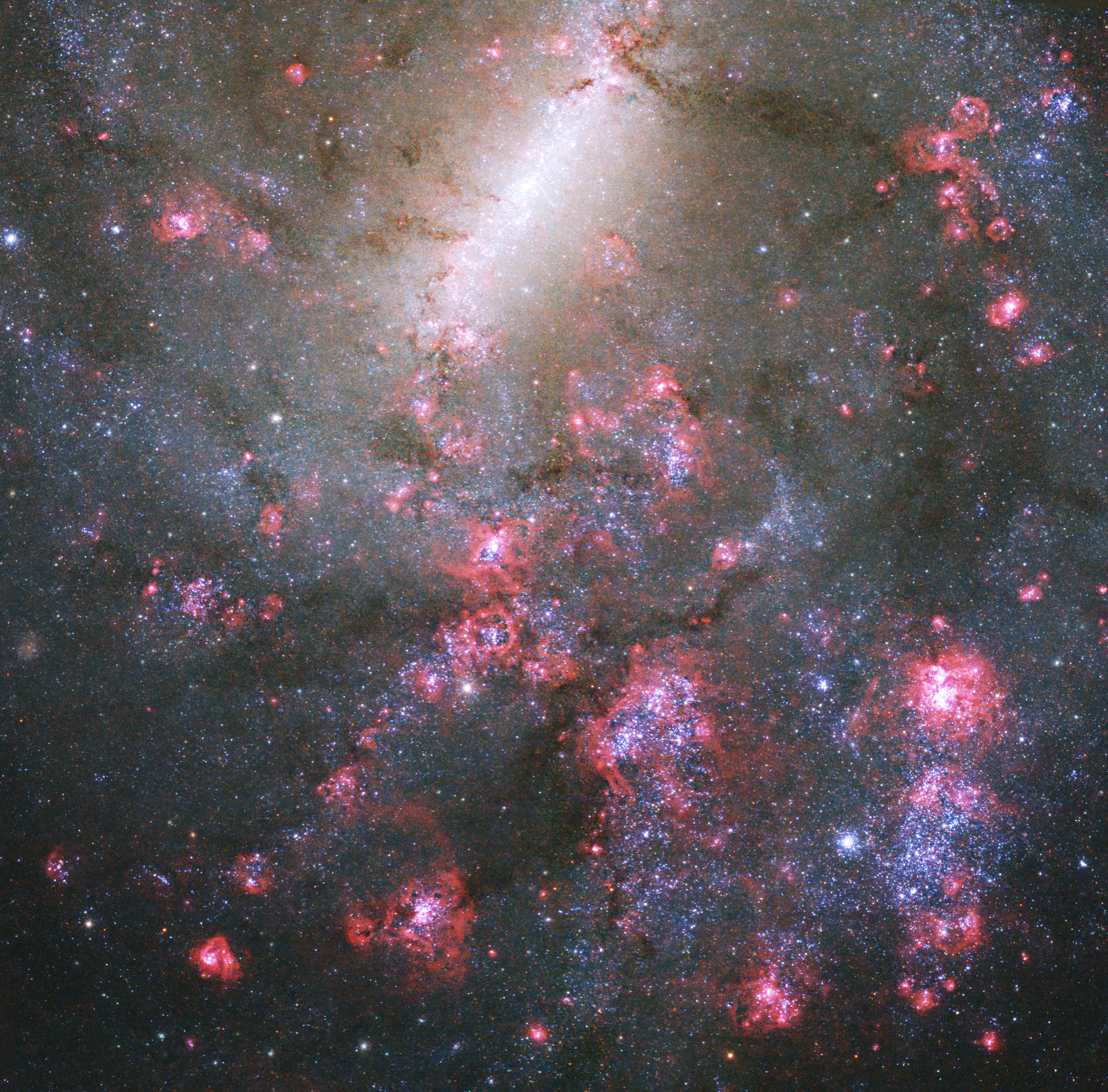GJ 1132 b
GJ 1132 b may have begun as a mini-Neptune, but is now a rocky world a little bigger than Earth. The planet may have lost one atmosphere but gained another from volcanic activity.
Planet Radius:
1.13 x Earth
Planet Type:
- Super Earth
Discovery Method:
- Transit
Planet Mass:
1.66 Earths
Discovery Date:
2015
Orbital Radius:
0.0153 AU
Orbital Period:
1.6 days
Eccentricity:
0.22
Keep Exploring




